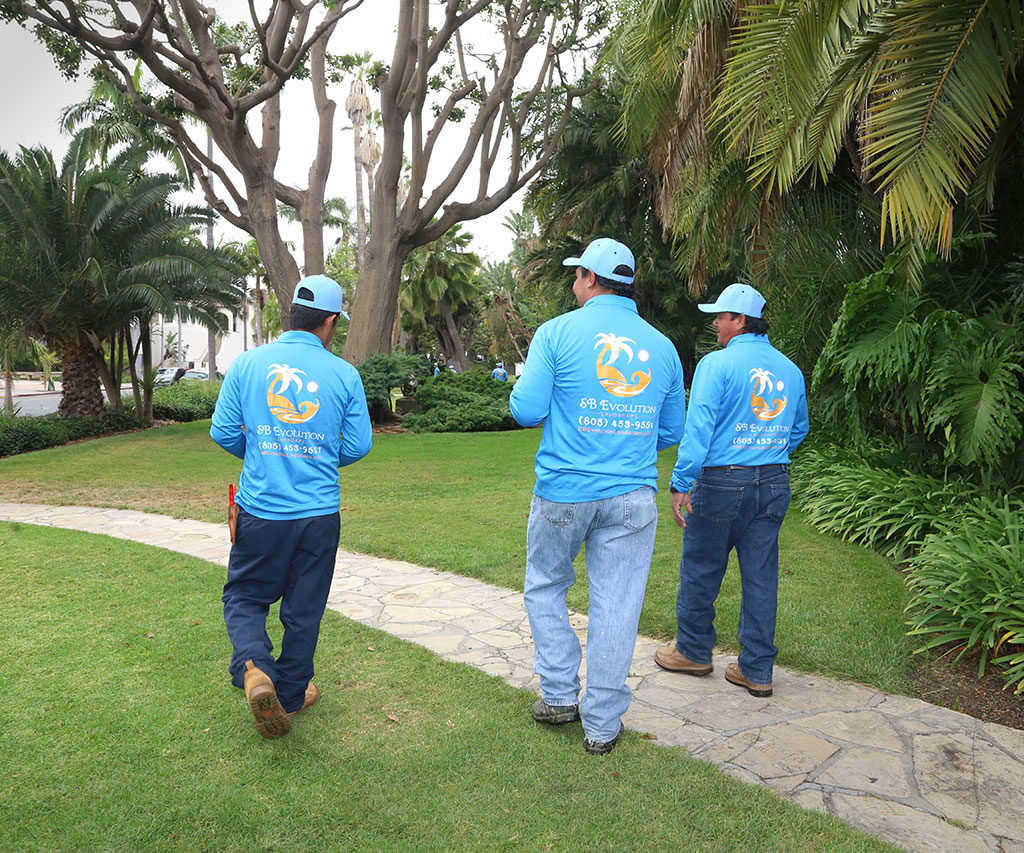
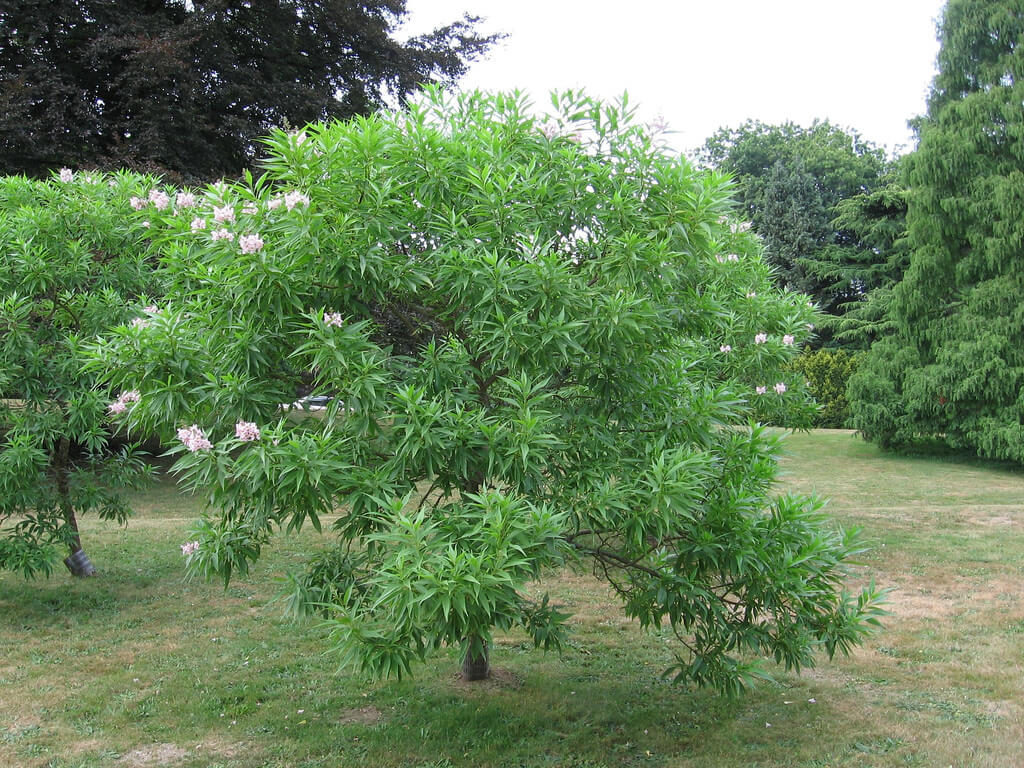
Planting trees like a pro
A tree can go a long way in lending curb appeal to a residential landscape and therefore it is an excellent investment in the value of one’s home. Unless time and patience are of no consequence, most homeowners and landscapers will prefer to purchase a young tree from a nursery or garden center rather than plant a sapling and hope it grows. Selecting the right tree and planting it properly will go a long way in ensuring that the tree thrives and is a proud addition to the property for decades to come.
Growers and retailers offer a wide selection of healthy, symmetrical, and well-structured trees, but choosing the best from the best is a crucial first step in planting a tree. At the garden center, do not be afraid to solicit help from the sales associates. They can point you toward the correct species, and suggest which are the healthiest and whether they are suited for the proposed site. Look also for trees that have a good central leader, straight and tall without breaks or splits that might pose problems down the road. Check also the leaves, looking for signs of mildew or insect infestations common for the particular species of plant; doing research ahead of time can help identify what to look for. If possible, look at the roots, too, and ask the workers if they know for how long the tree has been dug. Make sure the roots aren’t pot bound or girdled from excessive time tied in its burlap ball.
Once delivered to the site, water the tree’s roots and try to plant it as soon as possible. If the tree needs to be stored, place it in a shady area close to a water source and leave it for no longer than twenty-four hours before planting. Remove all the nursery tags but save them with a store receipt in the event the tree is diseased and is subject to replacement under warranty.
Dig the hole. Research local standards for size and shape, taking particular note of the angle of repose of the local soil type. Generally, however, the pit should be about twice as wide as the root ball, and deep enough that the tree’s root flare will sit about an inch above grade. Be sure that the bottom of the pit is flat and firm and slightly raised where the tree will sit.
Next, prepare the tree for planting:
For a potted tree, remove the plastic pot and cut an X on the bottom of the root ball with a sharp knife, and lines into the sides—about four or five—vertically from top to bottom. Further break up the root ball and try to shake some of the planting medium to free the roots more before placing in the planting pit.
For a ball and burlap tree, cut and untie the twine from around the ball, especially at the top (root flare), and open the cage. Pull back the burlap to about 1/3 of the ball from the top, allowing the critical large roots the freedom to grow outward once in the soil. The rest of the burlap will eventually biodegrade after planting.
Gently lower the tree into the pit
Setting the root ball sturdily in place on the bottom. If the tree is particularly large and cumbersome, consider enlisting help for a “team lift,” or better, use a forklift to set it into the hole. Next, backfill the hole with the dirt removed during digging. Research organic additives or ask a local landscape professional for advice on amending the soil for optimum root growth. Tamp the dirt to remove air holes and cover with mulch two to three inches thick. Avoid “mulch volcanoes”! Be sure to keep the mulch away from the root flare and do not pile it so high as to stifle the roots.
Water in the tree daily, or more if the weather is hot and dry. And finally, with the heavy lifting done, sit back and enjoy the shade and added value to the property.



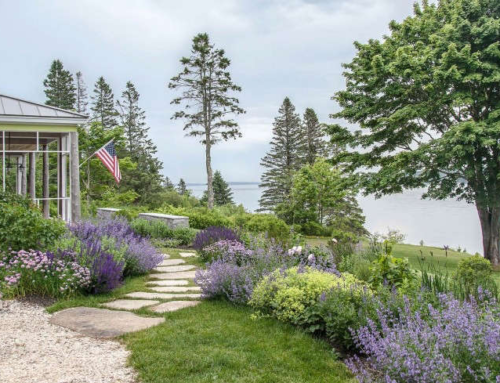
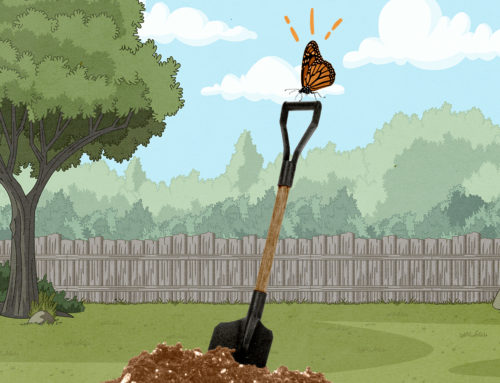
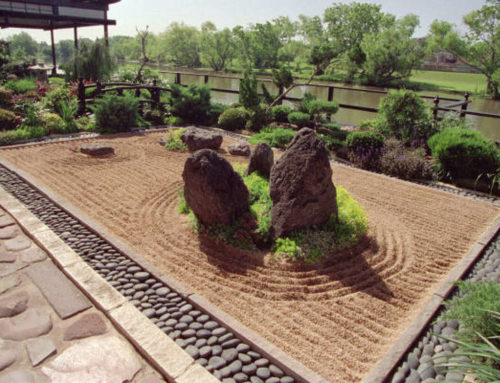

Leave A Comment
You must be logged in to post a comment.